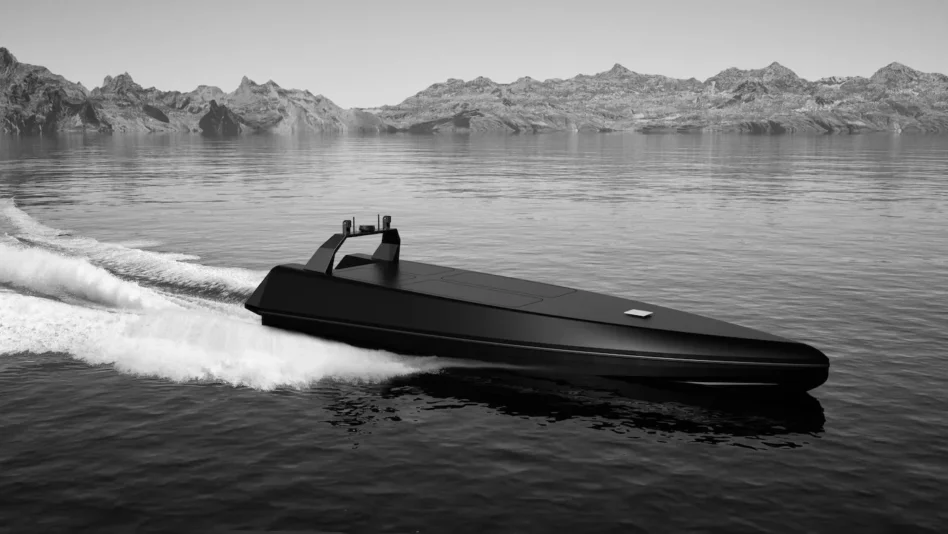When Tectonic covered drone boat startup Kraken’s partnership with German shipbuilder NVL last week, the company’s CEO Mal Crease said that software is becoming “increasingly important” and hinted at some partnerships in the works.
Well, we now know why he was being coy. On Thursday, Kraken teamed up with autonomy software development juggernaut Applied Intuition to accelerate autonomy testing and integration for Kraken’s USVs. In the competitive world of defense tech, Kraken seems to be betting that playing nice with the big dogs is the best way to get ahead.
Need for speed: Kraken, based in the UK with roots in high-performance speedboat racing, has a few USV models on offer:
- K3 Scout: Their most popular model that comes in three sizes—Medium (8m long, 600kg payload, and top speed of 55 knots), Heavy (12m long, 2,000kg payload), and Max (18.6m long, 10,000kg payload, and a range of 2,000 nautical miles).
- K4 Manta: Kraken’s stealthy uncrewed surface-subsurface vehicle (USSV), built for both fast surface transit and covert submerged missions. They partnered with L3Harris on it.
- K5 Kraken: A concept-stage 15-meter-long speedboat with optional crew and heavy weaponization payloads.
The Sims: The partnership will train these speedy boats with California-based Applied Intuition’s Axion Sim, a multi-domain simulation environment that models changing sea states, spray, and different lighting conditions, which are all pretty important if you want to use these USVs outside of an indoor pool.
“Testing autonomous uncrewed vessels is a very labor-intensive and challenging thing to do in a real-time, live environment, and that only gets more complex when you start to test numerous vessels operating together,” Tristam Constant, Applied Intuition’s European government and defense lead, told Tectonic in an interview. “You can only test live with the sea state and weather conditions that you have at the time, and our sim will allow Kraken to test at significantly higher reps with key variations. It will accelerate their development at a pace that would not be achievable without it.”
Hardware first: Kraken, which is laser-focused on the hardware side of the equation, is leaving the autonomy software testing to their partners at Applied Intuition. “Our focus has always been on what we call ‘level one,’” Mal Crease recently told Tectonic. “We need to make sure that we have all the key components—the boat, modular payload, comms, basic autonomy—right. If you have all of that right, you can then start pushing into level two, the more advanced autonomy.”
With partnerships on the autonomy software side including Auterion, BlueHalo, and now Applied Intuition, Kraken is racing into that second level of maritime autonomy. And with their new joint venture with shipbuilding giant NVL enabling them to scale production this year, they’re aiming to get there speedy quick.
If speed and scale are the goals, Kraken having some of the industry leaders in autonomy software and a 150-year-old German shipbuilder on their team should help them keep going at full throttle.

